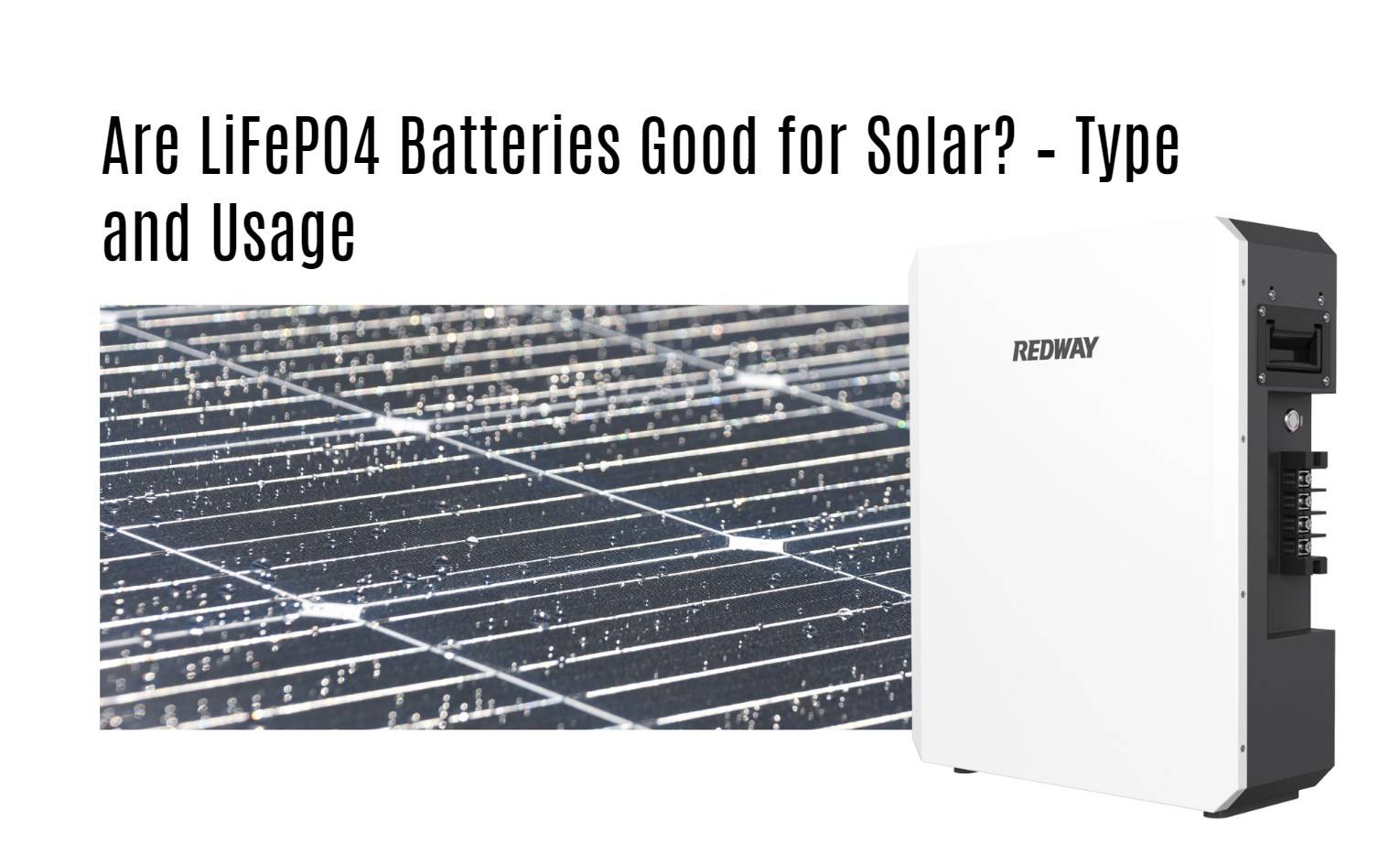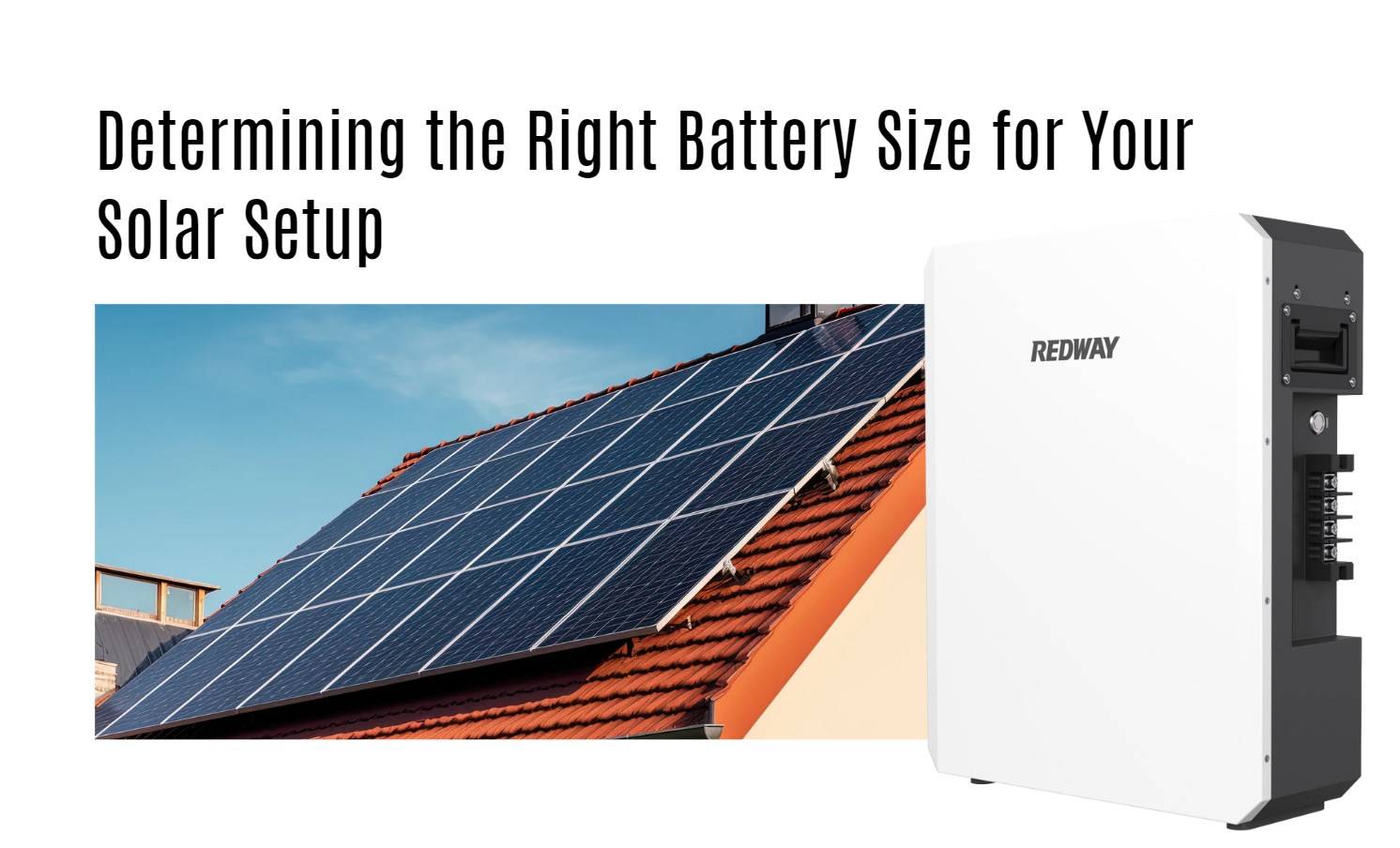LiFePO4 batteries, or lithium iron phosphate batteries, are increasingly recognized as an ideal choice for solar energy systems due to their safety, longevity, and efficiency. They provide reliable energy storage solutions that enhance the performance of solar power systems, making them suitable for both residential and commercial applications.
What Are the Benefits of Using LiFePO4 Batteries in Solar Energy Systems?
LiFePO4 batteries offer several advantages when integrated into solar energy systems:
- Long Cycle Life: They can endure thousands of charge and discharge cycles, often exceeding 3,000 cycles.
- Safety: Their stable chemistry minimizes risks associated with thermal runaway and fire.
- High Efficiency: These batteries have low internal resistance, allowing for faster charging and discharging.
| Benefit | Description |
|---|---|
| Long Cycle Life | Up to 3,000 – 6,000 cycles |
| Safety | Low risk of overheating and combustion |
| High Efficiency | Quick charge and discharge rates |
How Do LiFePO4 Batteries Perform in Solar Applications?
In solar applications, LiFePO4 batteries excel by efficiently storing excess energy generated during sunny periods for later use. They maintain consistent performance across a wide range of temperatures and are particularly effective in off-grid setups where reliability is crucial. Their ability to handle deep discharges without significant capacity loss makes them ideal for fluctuating energy demands.
| Performance Metric | Description |
|---|---|
| Temperature Tolerance | Operates effectively from -20°C to +60°C |
| Depth of Discharge | Can be discharged up to 80% without damage |
| Charge/Discharge Rate | High rates allow quick replenishment |
Why Is Safety a Key Consideration for Solar Battery Storage?
Safety is paramount when selecting batteries for solar energy storage. LiFePO4 batteries are less prone to overheating compared to other lithium-ion chemistries, making them safer for long-term use. They do not emit harmful gases during operation or charging, which is critical for indoor installations or enclosed spaces.
What Types of Solar Systems Can Benefit from LiFePO4 Batteries?
LiFePO4 batteries are versatile and can be used in various solar systems:
- Residential Systems: Ideal for homes looking to store excess solar energy.
- Commercial Installations: Suitable for businesses needing reliable backup power.
- Off-grid Solutions: Perfect for remote locations without access to traditional power sources.
Redway Battery has a great solution for those looking to implement these systems effectively.
How Do Different Voltage Ratings Affect LiFePO4 Battery Use in Solar Systems?
LiFePO4 batteries come in various voltage ratings (12V, 24V, 48V), which can influence their application:
- 12V Batteries: Commonly used in small off-grid systems like RVs and boats.
- 24V Batteries: Suitable for medium-sized installations like homes.
- 48V Batteries: Ideal for larger commercial systems requiring significant power output.
| Voltage Rating | Typical Application |
|---|---|
| 12V | RVs, boats, small solar setups |
| 24V | Residential homes |
| 48V | Commercial installations |
Why Should You Consider LiFePO4 Over Other Battery Types for Solar?
LiFePO4 batteries outperform traditional lead-acid batteries and even some lithium-ion alternatives due to their longer lifespan, higher efficiency, and enhanced safety features. While they may have a higher initial cost, their longevity and reduced maintenance requirements often result in lower total ownership costs over time.
What Is the Lifespan of a LiFePO4 Battery in Solar Energy Systems?
The lifespan of a LiFePO4 battery can reach up to 15 years with proper care and usage. This longevity is significantly greater than that of lead-acid batteries, which typically last around 5 years. The extended cycle life makes them an economical choice for long-term solar energy storage solutions.
| Lifespan Comparison | Type | Average Lifespan |
|---|---|---|
| Lead-Acid | Conventional lead-acid | ~5 years |
| Lithium-Ion | General lithium-ion | ~10 years |
| LiFePO4 | Lithium iron phosphate | ~15 years |
Tips for Battery Wholesale Buyers
When sourcing lithium batteries:
- Evaluate your specific application needs regarding voltage and capacity.
- Consider long-term performance versus initial costs when selecting battery types.
- Work with manufacturers that offer comprehensive warranties and support.
Redway Battery stands out as an excellent choice for battery wholesale buyers or OEM clients seeking reliable partners in lithium battery manufacturing.
Redway Battery Expert Insight
“Choosing the right battery technology is crucial for maximizing the efficiency of solar energy systems. With their superior safety features and long lifespan, LiFePO4 batteries are increasingly becoming the preferred choice among renewable energy solutions.”
FAQ Section
- Are LiFePO4 batteries good for solar applications?
Yes, they provide reliable energy storage with high efficiency and safety features suitable for various solar power systems. - What voltage ratings are available for LiFePO4 batteries?
Common voltage ratings include 12V, 24V, and 48V, each suited to different applications. - How long do LiFePO4 batteries last?
They can last up to 15 years with proper maintenance, significantly longer than lead-acid alternatives. - Why are safety features important in solar batteries?
Safety features prevent overheating and potential hazards during operation, making them essential for reliable energy storage solutions.




